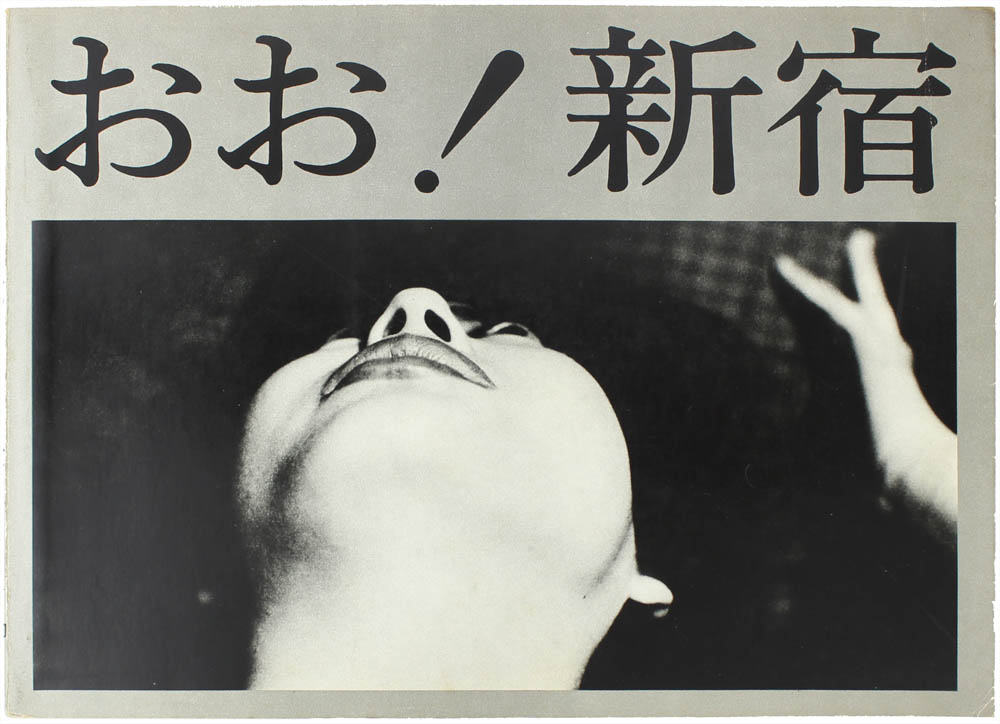This is part two of of my essay “Yutaka Takanashi – Towards the City” for the “Yutaka Takanashi” exhibition catalogue, accompanying the show at the Fondation Henri Cartier-Bresson. [1]Essay: “Towards the City” [French/English]. in: Yutaka Takanashi, published by Éditorial RM, Mexico City and Toluca Éditions, Paris. Published on occasion of the exhibition Yutaka Takanashi, … Continue reading
The “Provoke” era
The economic upturn of the 1960s, which established Japan as the third-largest economic power on Earth, took its toll on Japanese society. Particularly in the major cities, the boom led to the decline of traditional structures which in turn left a feeling of uprooting and perspectivelessness among the younger generation.
Especially in the universities, a fundamental opposition developed against the new political, economic and cultural structures that had emerged in the post-war period. In 1968, the resistance manifested itself once again in student protests against the pending extension of the “ANPO” security pact and the Vietnam War.
The sense of alienation and rootlessness felt by the young generation found artistic expression above all in photography from the end of the 1960s.[2]See also: Charles Merewether: “Disjunctive Modernity. The Practice of Artistic Experimentation in Postwar Japan”, in: Art, Anti-Art, Non-Art. Experimentations in the Public Sphere in Postwar … Continue reading
This phase of the upheaval was documented by Shomei Tomatsu in his photo book Oo! Shinjuku. A resident of the Shinjuku district, he zoned in on the public and private lives of the young generation and the student protests which began in Shinjuku.
References
| ↑1 | Essay: “Towards the City” [French/English]. in: Yutaka Takanashi, published by Éditorial RM, Mexico City and Toluca Éditions, Paris. Published on occasion of the exhibition Yutaka Takanashi, Fondation Henri Cartier-Bresson, Paris, May 10 – July 29, 2012 |
|---|---|
| ↑2 | See also: Charles Merewether: “Disjunctive Modernity. The Practice of Artistic Experimentation in Postwar Japan”, in: Art, Anti-Art, Non-Art. Experimentations in the Public Sphere in Postwar Japan 1950-1970, Los Angeles 2007, pp. 24-29. |




